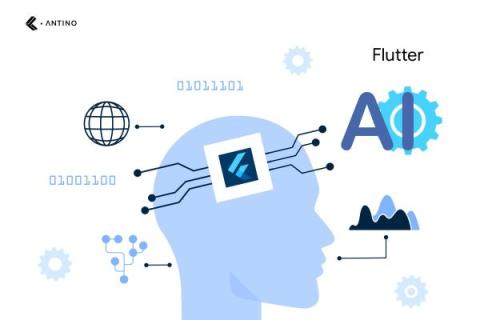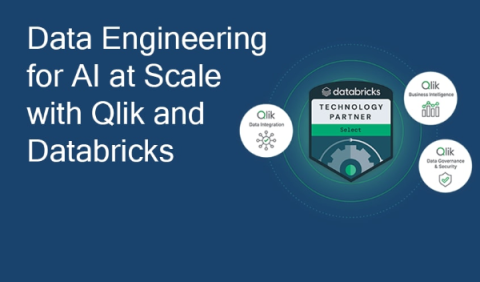10 Fintech App Security Solutions [Complete Guide]
Design, speed, and simplicity are the winning flavors for any mobile banking app. By possessing these characteristics, the fintech app can entice any smartphone enthusiast, the number of whom is steadily increasing. The industry’s major players recognize that the pervasiveness of mobile phones in our lives must be used as a tool to win loyal users for FinTech businesses.











